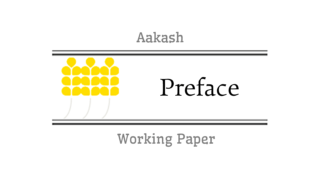Haruhisa ASADA 1 and Kamal VATTA 2
1 Nara Women’s University, Japan,
2 Punjab Agricultural University, India
Abstract
Air pollution caused by stubble burning has become an increasing problem in Northern India during the past decade, with no effective solution yet to be found. In this study, to understand the current situation in Punjab, a village-level questionnaire survey was conducted in 129 villages across 12 districts from January to February 2021. The stubble burning area estimated from the survey was compared with fire detection counts and fire radiative power data obtained from satellite observations. The regional characteristics of stubble burning and the effect of the COVID-19 lockdown were also examined in terms of transplanting and harvesting dates, shift to direct-seeded rice and the machine transplantation of rice. The findings revealed north–south differences in agricultural practices as well as stubble burning within the state. The interval between the kharif and rabi crops remained the same or was shorter in 2020, resulting in an increase in stubble burning in some villages. The impact of the COVID-19 lockdown on stubble burning was negligible, except in villages near large cities where labour shortages were particularly apparent.
Keywords: stubble burning, air pollution, satellite observation, labour shortage, COVID-19






